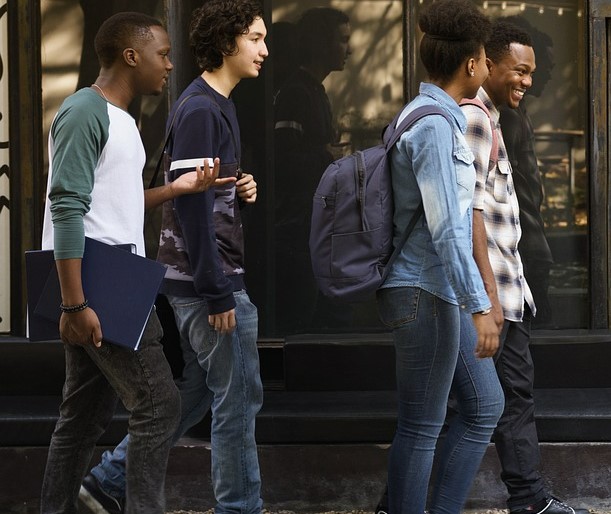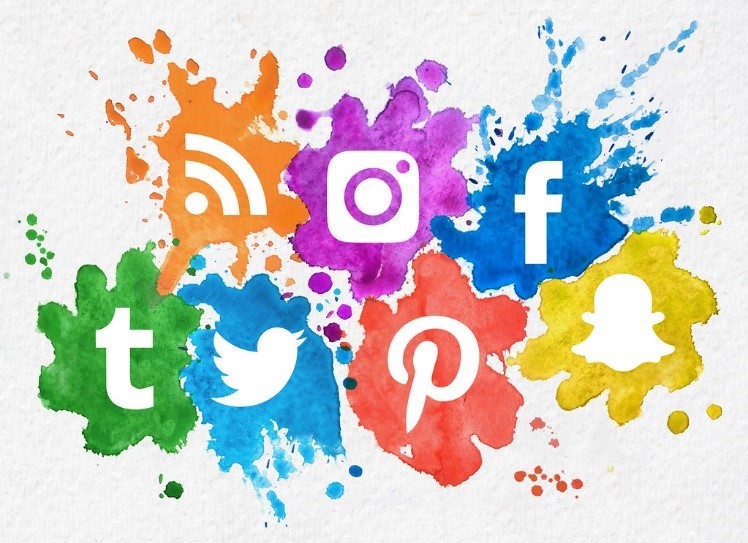Young People

Life Events
If you are between the ages of 10-24, your days are never the same. Each day you may experience different life events.
- You may be in school and school-related activities.
- You may volunteer.
- You may have a job.
- You may be busy keeping up with the lives of your friends.
- You may even be in a relationship with someone special.
You may also be facing other challenges in your everyday life. At the same time, you are growing and learning more about who you are. You are deciding who you want to be.
Some important health and social issues may arise during your adolescent years.
Examples include:
- Motor vehicle accidents;
- Mental health challenges;
- Substance use;
- Nutrition and weight conditions;
- Sexually transmitted infections, including HIV;
- Unintended pregnancies;
- Homelessness;
- Academic challenges or dropping out of school;
- Suicide; and
- Homicide.
Emerging Trends in Adolescent and Young Adult Health
These trends can influence an adolescent's health:
- Diversity. The growing ethnic diversity will require greater cultural awareness in addressing adolescent health care needs.
- Mental health. The number of adolescents reporting mental health concerns is increasing with an intense impact on physical health, academic achievement, and overall well-being. About 50% of mental disorders begin by age 14 and 75% begin by age 24.
- Positive youth development (PYD). Incorporating this approach into programming provides youth with:
- Support;
- Relationships;
- Experiences;
- Resources; and
- Opportunities to become competent, thriving adults.
Why Is Health Important?
During these years, bodies change and you are becoming more independent. Youth and young adults are also likely to face social and economic challenges. Once you turn 19, you must take on adult issues and may lack system supports.
Unfortunately, there are significant disparities in health outcomes among racial and ethnic groups. African Americans, American Indians, and Latinos are more likely to struggle with obesity, unintended pregnancy, tooth decay, and low education. The leading causes of illness and death among adolescents are preventable. Health outcomes are often behavior-related and linked to social factors.
Social Environment and Adolescent Health
Your social environment can provide protective factors or increase risk factors associated with overall health.
Family
- Youth who have a close bond with a caring adult are less likely to engage in risky behaviors.
- Parents involved in their teen’s activities provide a safe way to explore the world.
- Children in poverty may be at higher risk for some health conditions, have decreased access to health care, and have a poorer health status.
School
- Student health affects academic success. Healthy students are more effective learners.
- Academic success and achievement can predict long-term adult health outcomes.
- High school graduation leads to lower rates of health problems and risk of jail. It offers better financial stability and socio-emotional well-being during adulthood.
- School attendance influences academics, learning, graduation, social relationships, behavior, and mental health.
Neighborhoods
- Adolescents in distressed neighborhoods are at a greater risk for exposure to violence. Negative outcomes may include poor physical and mental health, delinquency, and risky sexual behavior.
Most important - have a caring and trusted adult in your life. This can be a parent, relative, teacher, neighbor, or any adult you trust. Young people who have support are more likely to connect with their community. They will engage in learning opportunities and lead healthier lives.
Adolescence in Digital Times
Advances in technology mean you face issues no previous generation has ever seen. While some issues are not exactly new, it's likely electronic media changes or amplifies the struggles you face. Digital communication changes the way youth interact with peers and romantic interests. Your social media and texting habits as well as how you consume media can change the way you communicate, date, learn, sleep, exercise, and more. In fact, the average teen spends over nine hours each day using their electronic devices.
PYD increases protective factors while preventing risky behaviors. Evidence shows well-designed PYD interventions can lead to positive outcomes. Visit the Texas Youth Action Network for more information.
Check out these websites for tools and information to help you get healthy and stay healthy.
- SAMHSA (the National Substance Abuse and Mental Health Services Administration)
- OPA (the US Health & Human Services Office of Population Affairs)
- The Got Transition website
- Dietary guidelines
- Fitness
- Injury prevention
Always check with an adult to be sure the website is real and safe.
The Texas Department of State Health Services does not endorse external links to other websites or documents created by other agencies. These links and documents are informational and may not be accessible to persons with disabilities.